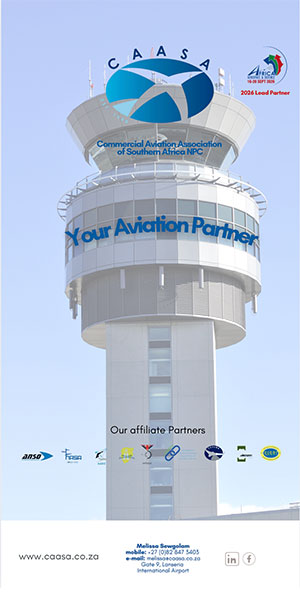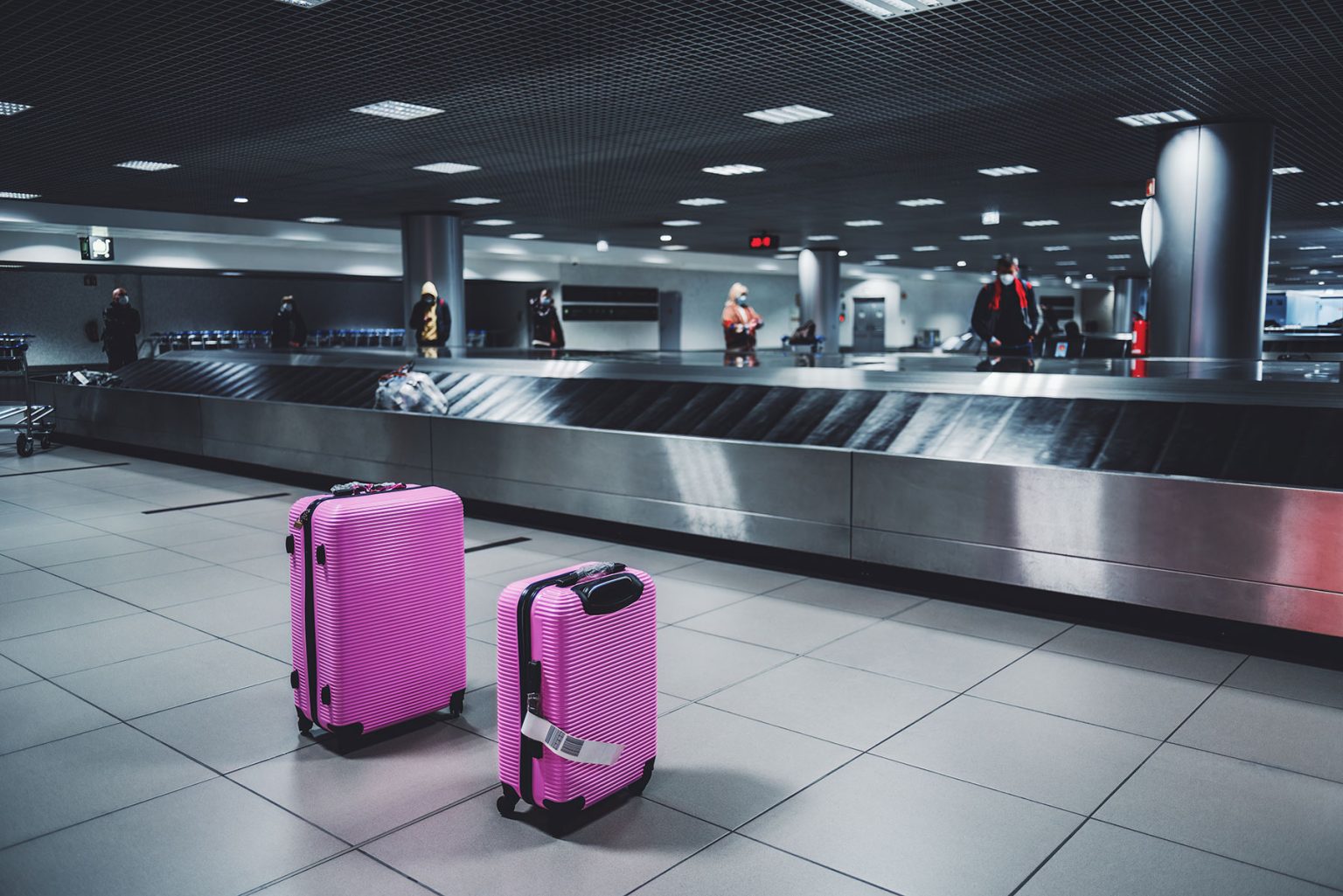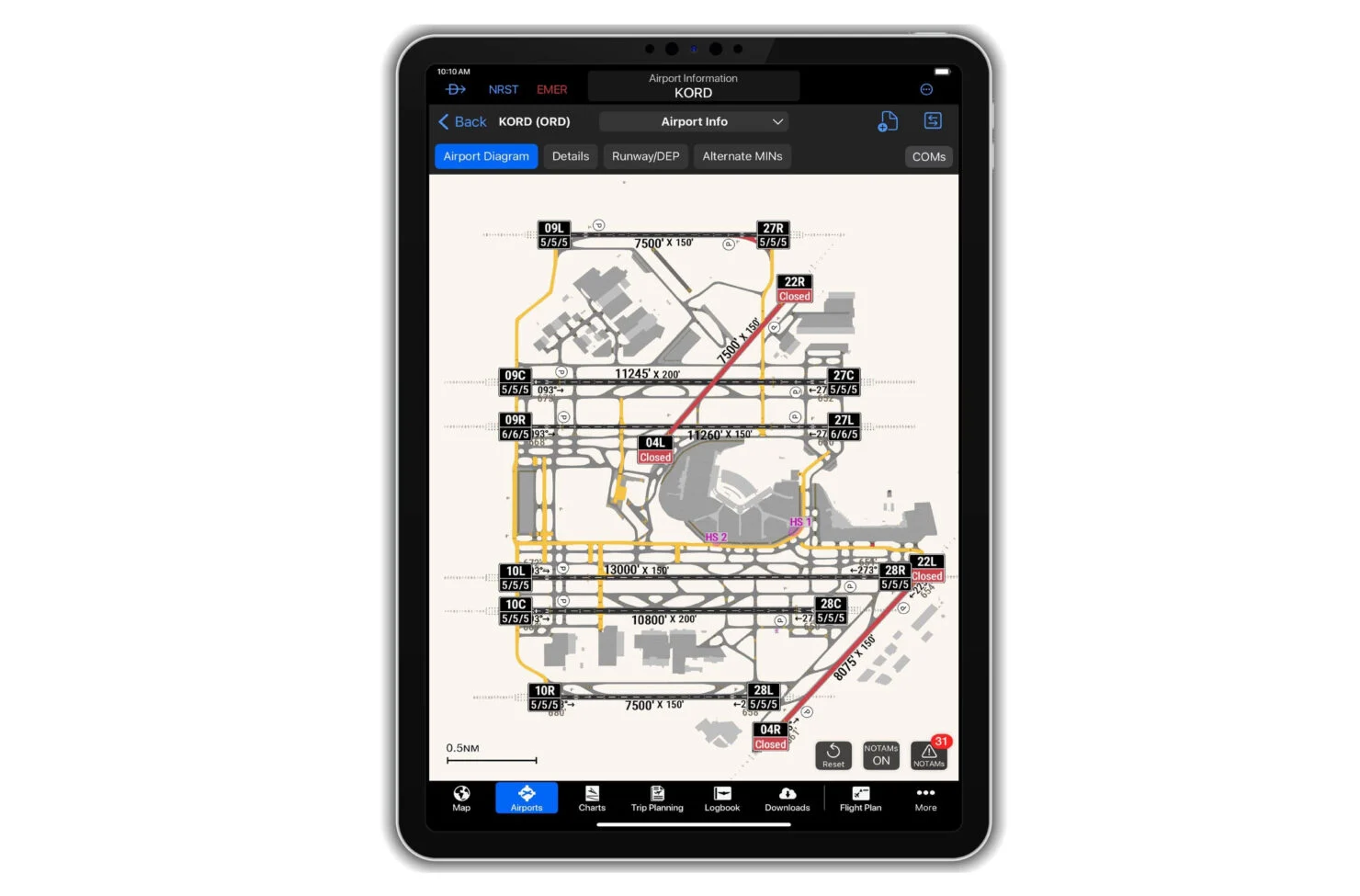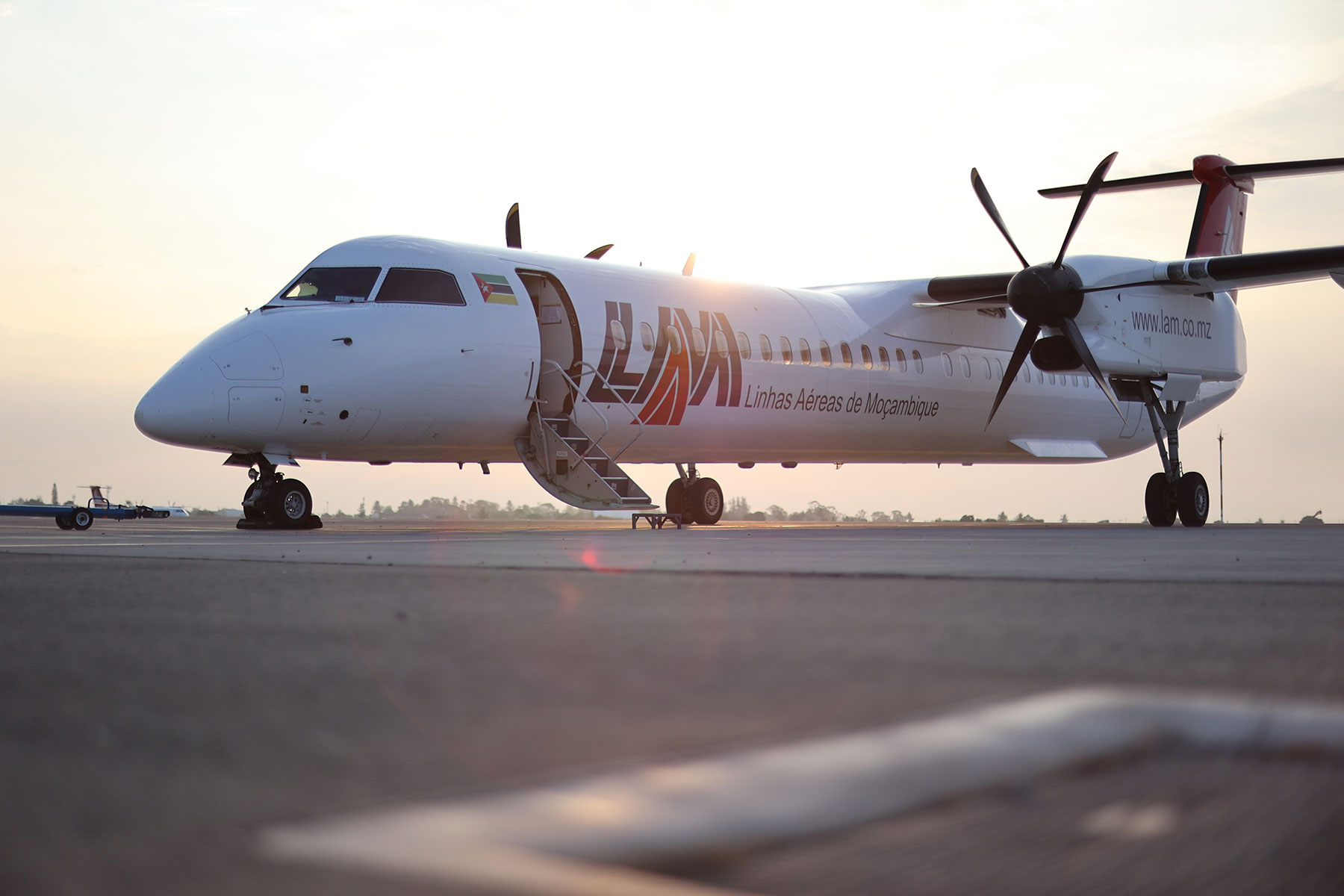As futuristic aircraft like drones, air taxis, and supersonic jets edge closer to commercial reality, the International Federation of Air Line Pilots’ Associations (IFALPA) is calling for strict oversight to ensure that safety remains the top priority. They are urging global regulators to prioritise safety and environmental standards above all else.
In its latest position paper, IFALPA has raised concerns about the rapid development and deployment of Emerging Technology Aircraft (ETA), arguing that their integration into civil airspace must not compromise existing aviation norms. The federation is calling for robust, globally harmonised standards to ensure that all aircraft, regardless of how futuristic, operate safely alongside traditional air traffic.
“Safety must not be compromised in the name of innovation,” the federation stated. “All new technologies must meet or exceed current safety and environmental benchmarks.”
Shared Airspace, Shared Responsibility
IFALPA’s warning comes as electric air taxis, supersonic jets, unmanned aircraft systems (UAS), and even space-bound vehicles prepare to enter commercial service. These aircraft, often operating at vastly different speeds, altitudes, and flight paths, pose a challenge to traditional air traffic management systems.
The position paper emphasises that ETA should be integrated into existing airspace without disrupting conventional operations or reducing safety margins. “ETA must fit into current air traffic management systems and flight operations without limiting access for existing users,” IFALPA said.
The African Context: Leapfrogging or Risking?
For African nations, the emergence of these new aircraft presents both opportunities and risks. With many countries across the continent working to expand and modernise their aviation infrastructure, there is a unique chance to leapfrog legacy systems by embracing advanced technologies such as electric and unmanned aviation.
In countries like Rwanda and South Africa, where drones are already being used for medical deliveries and traffic monitoring, ETA could play a critical role in improving connectivity, healthcare logistics, and surveillance. However, IFALPA warns that the same safety and certification standards must apply globally, especially in regions where regulatory frameworks are still developing.
“There is enormous potential for African aviation to benefit from ETA, particularly in remote and underserved areas,” said an IFALPA spokesperson. “But it is vital that new technologies are introduced with the same level of oversight and commitment to safety as in more mature aviation markets.”
Environmental and Social Impacts
The federation also highlighted the potential environmental implications of new aircraft, particularly those operating in the upper atmosphere or near urban centres. Special attention should be paid to stratospheric emissions, sonic booms, and increased noise pollution, which could impact both ecosystems and public perception of aviation.
“Public acceptance will depend not only on technical safety but also on how people feel about noise, flight patterns, and their personal safety,” the paper noted. “These factors must be considered in both regulation and design.”
For African cities already grappling with noise pollution and informal settlement proximity to airports, the introduction of low-flying or vertical-lift aircraft could exacerbate urban planning challenges if not properly managed.
One Global Standard
IFALPA supports the principles of ICAO Assembly Resolution A41-9, which calls for a harmonised international framework for managing new entrants into airspace. The federation insists that ETA must not be granted special treatment or regulatory shortcuts that undermine safety.
“ETA should be considered equal users of global airspace,” IFALPA said. “Their design, operation, and certification must meet the same high standards required of current airspace users.”
The federation also warned against the creation of segregated airspace for ETA at the expense of commercial airline routes, stressing that any reduction in airspace capacity could compromise safety and operational efficiency for existing operators.
Equal Standards for All Airspace Users
A central tenet of IFALPA’s stance is that ETA should be treated as equal participants in the aviation system—not as exceptions. This means they should be designed, certified, and operated to the same level of safety and environmental performance as any other aircraft. Regulatory flexibility, the group argues, should not come at the expense of existing airspace users.
Ultimately, the federation sees the rise of new aviation technologies as an opportunity to raise the bar—not lower it.
“The airspace of the future must be safer, cleaner, and more efficient,” IFALPA concluded. “Emerging aircraft must contribute to that vision, not detract from it.”











